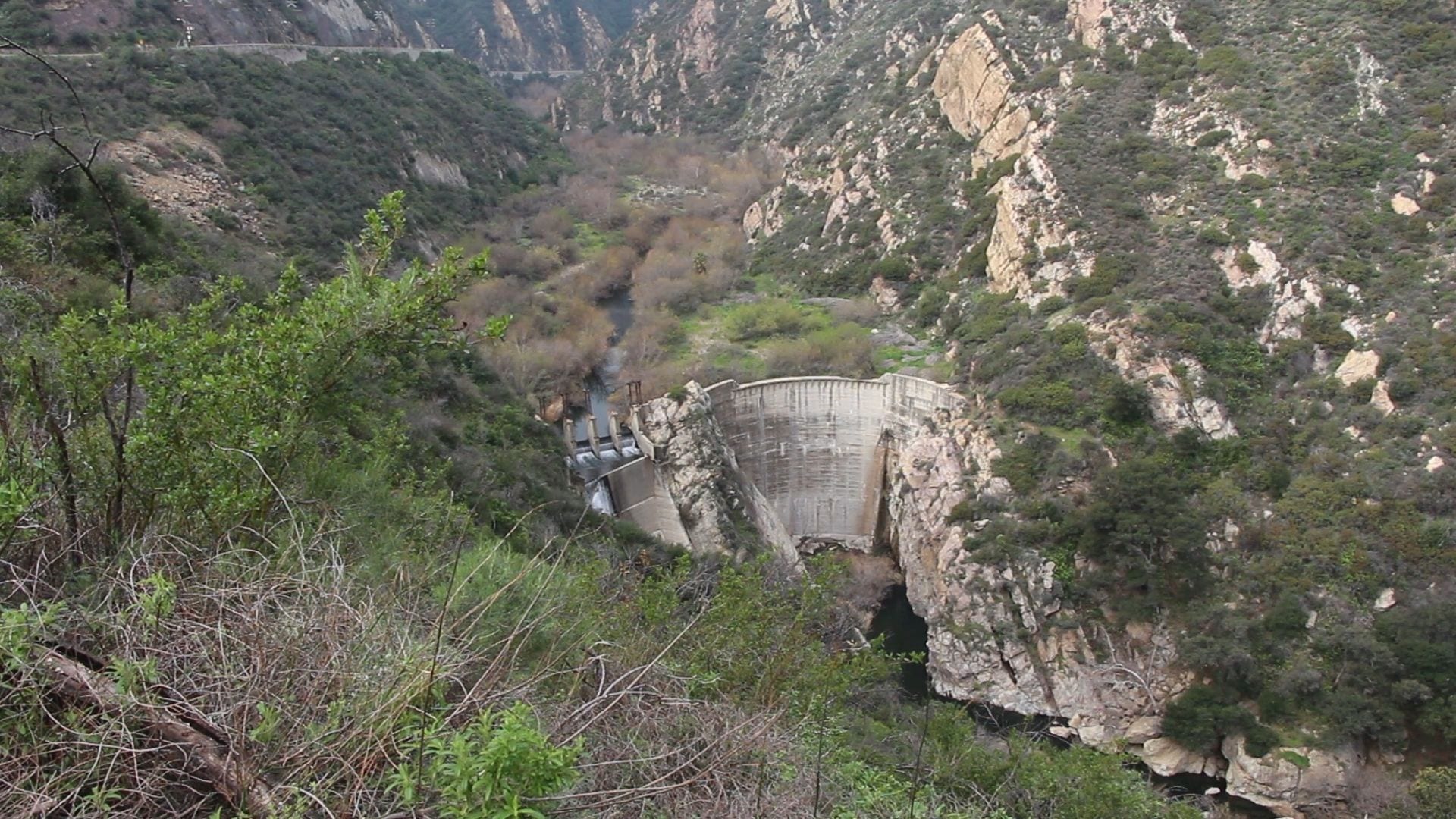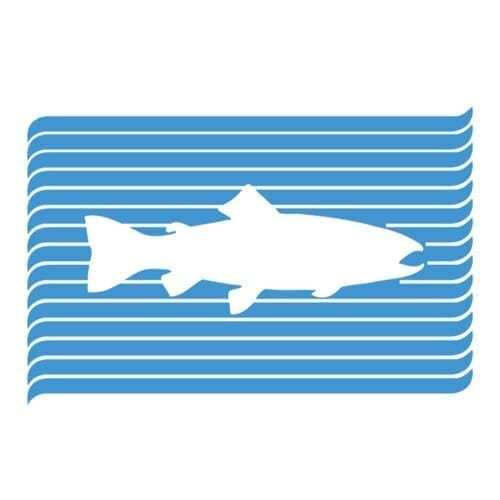I was browsing the news this morning and ran across this piece about fishing in the Los Angeles River. Of course the first image caught my eye, a guy with a double hander. Steelhead are mentioned! It's a sad story of an abused stream that still manages to say something interesting about our sport. Fortunately, another urban stream is being resurrected. This is a sad story too but there is daylight coming for this little stream. Who knows, maybe herring will return to it.

AN UNLIKLEY DESTINATION TO FISH
1 reading
Tom.B
Discussion starter
472 posts
·
Joined 2017
- Add to quote Only show this user
I was browsing the news this morning and ran across this piece about fishing in the Los Angeles River. Of course the first image caught my eye, a guy with a double hander. Steelhead are mentioned! It's a sad story of an abused stream that still manages to say something interesting about our sport. Fortunately, another urban stream is being resurrected. This is a sad story too but there is daylight coming for this little stream. Who knows, maybe herring will return to it.
2,475 posts
·
Joined 2019
I am awestruck by Nature’s resilience to the destruction of habitat or with a species struggle against the threats of extinction. This is the type of inspiration we anglers need to draw upon to continue advocating for protecting the remaining wild rivers and the restoration of former sparkling waters.
Regards from the Restigouche....Jim
![Image]()
Regards from the Restigouche....Jim
4,549 posts
·
Joined 2018
Unfortunately your links require accounts/subscriptions. I saw a video a while back about a creek just outside L.A. For the last who knows how many years there was a man made obstruction preventing it flowing to the ocean. It had been abandon for the most part and was full garbage and debris. A group of people took it into thier own hands to clean it up and had the obstruction remove. Soon after that they had flowing water. Not long after that they had steelhead. By this time there was no way there was a fish still alive that had been in this system but they returned. The fish know where to go and what to do, we just need to stay out of the way.
875 posts
·
Joined 2009
Malibu creek story (no paywall)

 caltrout.org
caltrout.org

Rindge Dam Removal and Malibu Creek Ecosystem Restoration | California Trout
Rindge Dam in Malibu Creek is an obsolete structure that has not functioned as intended for 80 years and removal is now poised to proceed.
 caltrout.org
caltrout.org
130 posts
·
Joined 2020
Not to be debbie downer but the odds that Malibu Creek dam comes down anytime soon are very, very slim.
Tom.B
Discussion starter
472 posts
·
Joined 2017
Dan, I'm not sure why the Times and Globe blocked those articles. I am not a digital subscriber to the Globe and I was able to access it. The Times has a policy of access to a certain number of articles per month for non-subscribers. Maybe they are picking on Canadians.
The upshot of the first article is that despite a ruined stream, some people still find it a nearby peaceful place to escape the ecological disaster called LA.
In Boston and other places including Brookline NY, uncovering channelized and covered streams is becoming feasible and in some cases necessary due to increased runoff.
In a watershed nearby, the connection to the estuary is a large box culvert which upstream has no cover but still has a "bed" and "banks" of concrete. This terminates in a big fish ladder that over a quarter million herring climb each spring. They still have to pass through several box culverts and concrete channels to get to a pond to spawn. I suppose there is a virtue in box culverts because they prevent the ospreys and cormorants from over grazing the vulnerable herring exposed on flat open concrete "stream beds" for at least some of their migration.
Once one of our coastal streams looses its herring and smelt runs it is almost impossible to restore them. Yet somehow, scouts leave the main schools and find a stream that has been rehabilitated and hopefully a sustainable population will develop. I've been working on this problem for a while and alternate between optimism and pessimism but I'm not ready to give up. It is those scouts that give me some measure of hope.
The upshot of the first article is that despite a ruined stream, some people still find it a nearby peaceful place to escape the ecological disaster called LA.
In Boston and other places including Brookline NY, uncovering channelized and covered streams is becoming feasible and in some cases necessary due to increased runoff.
In a watershed nearby, the connection to the estuary is a large box culvert which upstream has no cover but still has a "bed" and "banks" of concrete. This terminates in a big fish ladder that over a quarter million herring climb each spring. They still have to pass through several box culverts and concrete channels to get to a pond to spawn. I suppose there is a virtue in box culverts because they prevent the ospreys and cormorants from over grazing the vulnerable herring exposed on flat open concrete "stream beds" for at least some of their migration.
Once one of our coastal streams looses its herring and smelt runs it is almost impossible to restore them. Yet somehow, scouts leave the main schools and find a stream that has been rehabilitated and hopefully a sustainable population will develop. I've been working on this problem for a while and alternate between optimism and pessimism but I'm not ready to give up. It is those scouts that give me some measure of hope.
-
?
-
?
-
?
-
?
-
?
-
?
-
?
-
?
-
?
-
?
-
?
-
?
-
?
-
?
-
?
-
?
-
?
-
?
-
?
-
?
- posts
- 936K
- members
- 26K
- Since
- 2000
A forum community dedicated to Spey casting, fishing, flies, and enthusiasts. Come join the discussion about trails, licenses, fishing, game laws, styles, reviews, optics, accessories, classifieds, and more!
Explore Our Forums
Top Contributors this Month
View All
Yooper-Fly
49 Replies
Grateful_Caster
44 Replies
drylinetim
43 Replies



